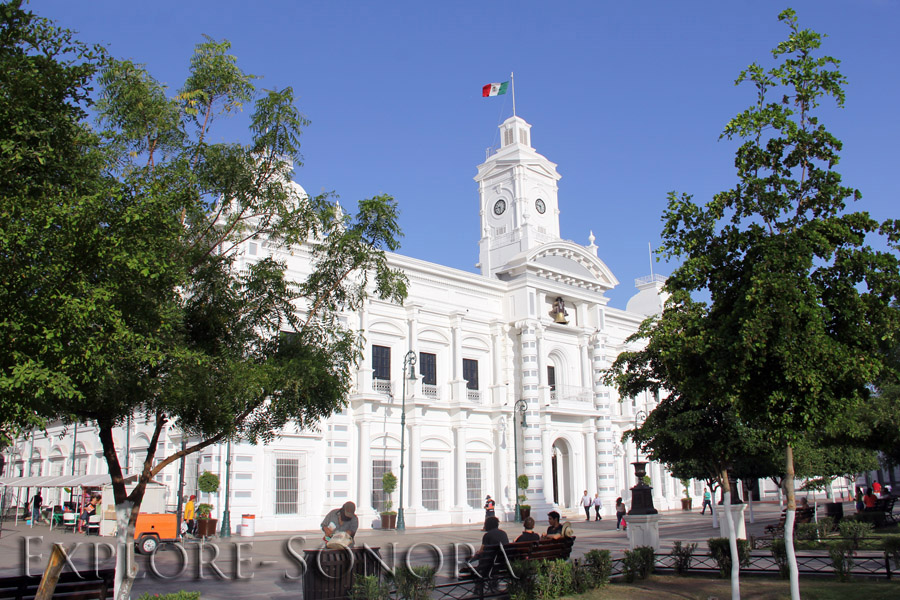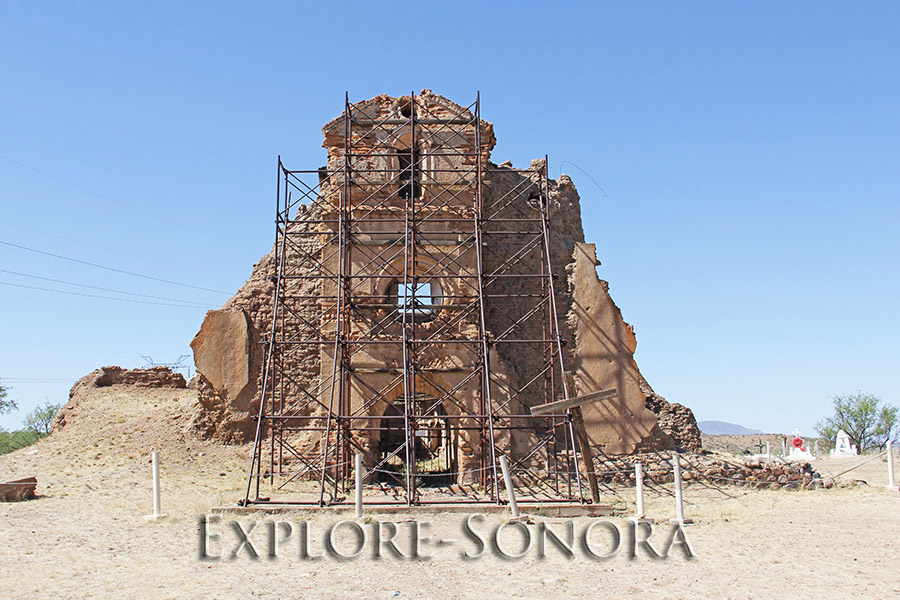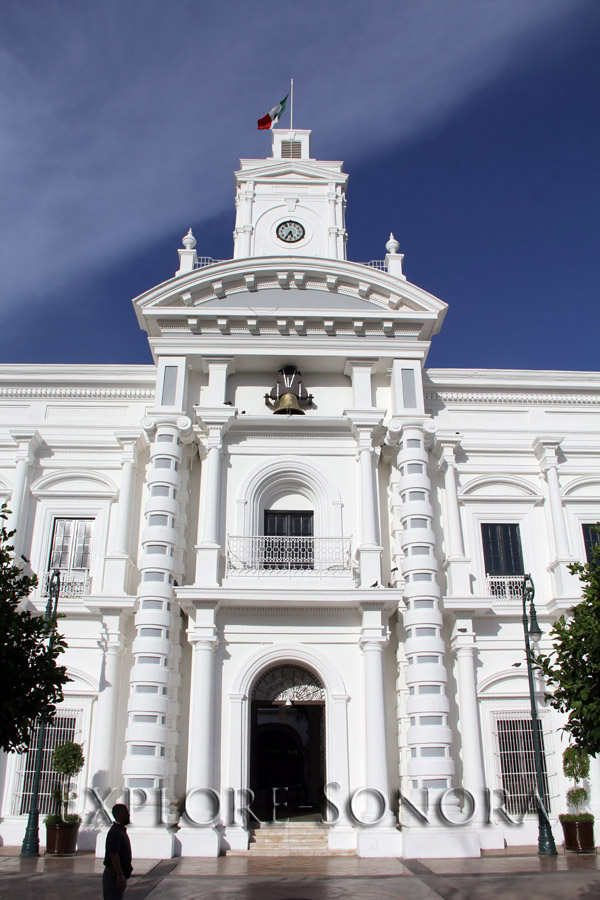General Information About Sonora, Mexico
Sonora, Mexico is a large state with a fascinating mix of people, cultures and history. We encourage you to visit and learn more about this second-largest state in Mexico. And to get you started we have compiled some general information about Sonora’s people, government, economy, geography, history and events.
The state of Sonora is known officially as The Free and Sovereign State of Sonora – Estado Libre y Soberano de Sonora. Sonora is in Northwest Mexico, south of the states of Arizona and New Mexico. It officially became part of the Republic of Mexico in 1830 and is the second-largest Mexican state by land area, with a land area of 184,934 square kilometers, or 71,403 square miles. Awin.
People
In 2015, there were 2,850,000 people living in Sonora. The largest population concentration is in the capital city of Hermosillo, with 812,229 residents, followed by the Southern Sonora city of Ciudad Obregon, with a population of 433,050.
There are eight groups of indigenous Sonorans: the Mayo, Yaqui, Pima, Seri, Cucapá, Papago and Guarijio peoples are native to the Sonora region. The eighth group, the Kikapú, immigrated to Sonora from Michigan but have maintained a presence in the state for more than 100 years, so they are considered to be indigenous Sonorans.
Government
The state is divided into 72 municipalities and its capital is Hermosillo. Every three years in June or July each of the municipalities has an election to select a municipal president and council, who take office before Independence Day in September. They cannot be immediately re-elected to serve concurrent terms but can run for office again in subsequent elections.
The governor of Sonora serves a six-year term and cannot be re-elected in the first subsequent election. The state legislature has a one-chamber (unicameral) congress consisting of 27 elected members who serve three-year terms. There are 18 state congressional districts that each select one member of congress, and the other nine members are elected according to proportional representation based on population.
Economy
The traditional economic sectors in the state are mining, agriculture and livestock. Because of its proximity to the United States, Sonora has also experienced growth in manufacturing and tourism. And it has a significant seafood industry that was started in the middle of the last century.
There are six main agricultural regions in Sonora. They are: The coast of the municipality of Caborca and the San Luis Rio Colorado Valley in the north; The area between Hermosillo and the coast, and the Guaymas Valley in the central region; and the Yaqui and Mayo Valleys in the south.
Sonora’s mining industry dates to the Spanish colonial period in the 1600’s. The state is rich in minerals and has the largest three mines in Mexico. It is a major producer of gold, copper, graphite, molybdenum and wollastonite. The state also has reserves of silver and coal.
Profits from mining have come with an environmental cost, however. Mine waste has polluted the San Pedro and Sonora Rivers and threatened their watersheds. And mines’ needs for fuel and building materials have led to deforestation.
Geography
Sonora shares its northern international border with the states of Arizona and New Mexico. Its western boundary on land is the Mexican state of Baja California Norte and farther south its western border is where the desert meets the Gulf of California. To its east is the Mexican state of Chihuahua, and its southern border is with the Mexican state of Sinaloa.
The state has three distinct geographical areas that separate the state into longitudinal thirds. From west to east, they are: The coast and its semi-arid grasslands; Rolling hills and flat plains; and the Sierra Madre Occidental mountainous area that characterizes its border with Chihuahua.
For purposes of organization we have organized the state of Sonora into five regions – The Arizona-Sonora Border Region, Northern Sonora, Coastal Sonora, Central Sonora and Southern Sonora.
There are five defined hydrologic areas in Sonora: Sonora Norte, Rio Colorado, Cuencas Cerradas del Norte, Sinaloa and Sonora Sur.
Human history in Sonora dates back 32,000 years to the Pleistocene Epoch. Nomadic hunter-gatherer groups began to settle in communities and practice agriculture as early as 1500 B.C. and there is evidence of societal groups with advanced trading routes up until the 1400’s, when a major climatic change led to a mass migration from the area. Read more about Sonora’s pre-Hispanic history.
Spanish colonization began in the early 1600’s with the arrival of Jesuit missionaries, who established a missions system in Sonora. One of the most prominent Jesuit missionaries was Padre Eusebio Francisco Kino, who established 24 Catholic missions in Northern Sonora before his death in 1711. The Jesuits were expelled from Spanish territories in 1767. The following year the Franciscans arrived and began to establish their presence in Sonora, including the rebuilding of original Kino missions.
Spanish colonization ended in 1821 with the end of the Mexican War of Independence from Spain. The post-colonization era in Sonora has included economic and infrastructure growth, but also conflict and a major loss of land area.
Up until the mid-1800’s, Sonora was the largest state by land area in Mexico and extended northward to just south of the modern-day Phoenix metropolitan area. But it ceded major areas of land after the Treaty of Guadalupe Hidalgo in 1849 and the Gadsden Purchase of 1854, for a combined total loss of 42,200 square miles, or 109,300 square kilometers of land area.
Sonora played a role in the Mexican Revolution of 1910 – 1917 and in subsequent years also had a mass expulsion of Chinese residents, and was involved in the Cristero Rebellion in the late 1920’s. The rest of the century had largely peaceful economic growth and prosperity for the state, which has one of the highest standards of living of all Mexican states.
Read more about Sonora history.
National events such as Independence Day and Revolution Day are observed in Sonora with parades and other festivities. Most cities also have their own event to recognize the city’s founding or another historic event. Examples include the Festival del Pitic in Hermosillo, Fiestas del 6 de Abril in Caborca and Sauce en El Agua in Huatabampo.
In addition, religious observances of feast days of saints vary by church and pueblo, often depending on their patron saint. The major religious events are the feast day of Mexico’s patron saint the Virgin of Guadalupe on December 12, Easter and Christmas.
And Sonora also observes major cultural events throughout the state, including the Day of the Dead, or Dia de los Muertos.




